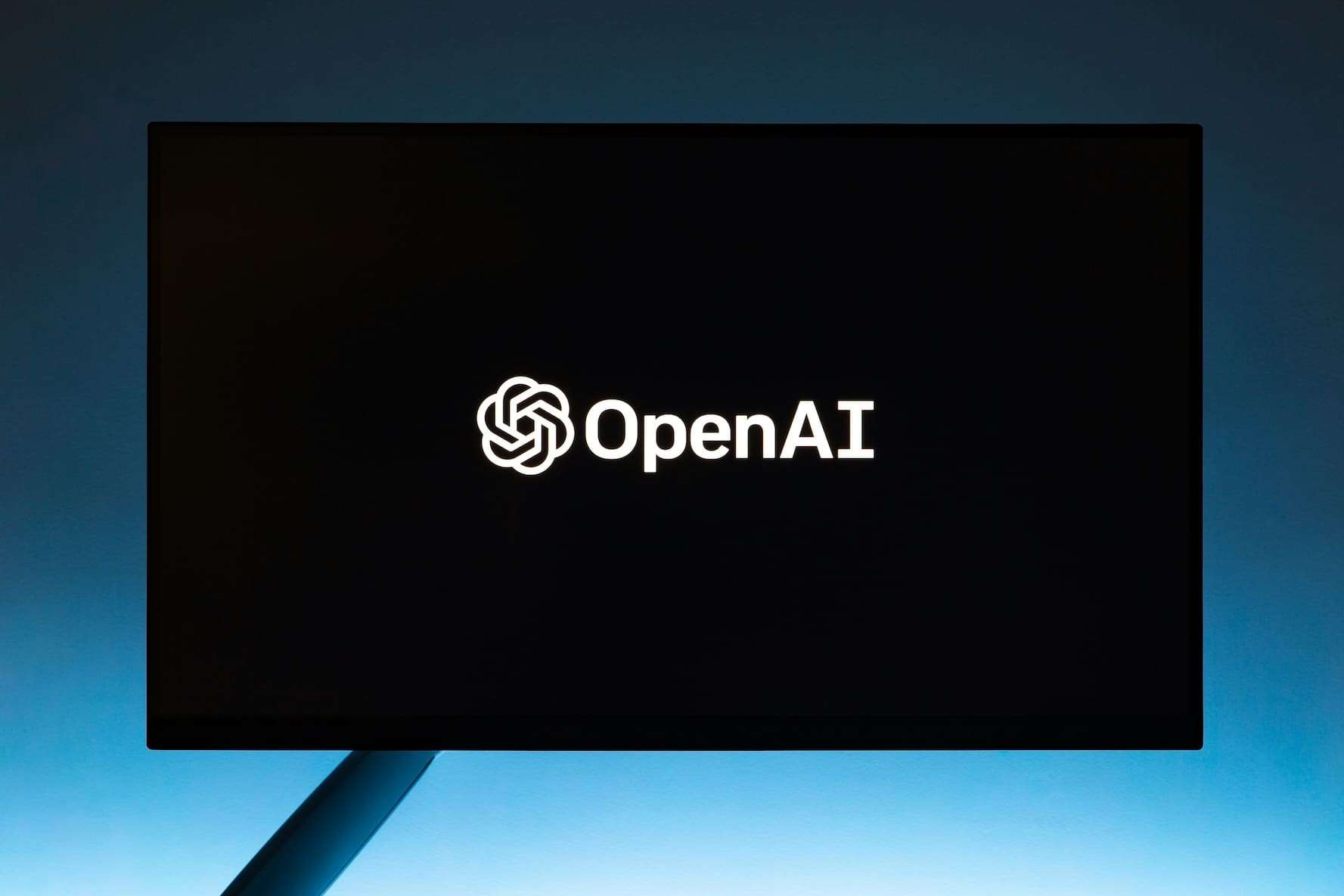The race for large-scale artificial intelligence dominance has taken a new leap. OpenAI has signed a deal valued at $300 billion with Oracle, to be executed over five years starting in 2027, as part of the ambitious Project Stargate.
The agreement, advanced by The Wall Street Journal, represents one of the largest financial commitments between a software company and an infrastructure provider in recent technology history.
Project Stargate: Infrastructure for Next-Generation AI
The goal of the project is to build an unprecedented data and computing infrastructure capable of supporting the exponential growth of AI in the coming years.
- OpenAI will secure preferred access to Oracle’s network of data centers and cloud services, which has emerged as a significant rival against giants like Microsoft Azure, Google Cloud, or AWS.
- The project aims to support massive training of language models, multimodal systems, and autonomous agents, which require levels of computing, energy, and connectivity only comparable to large government or defense programs.
A Milestone Figure
The $300 billion committed has even surprised veteran analysts, as such figures are usually associated with national infrastructure or defense programs.
Some experts suggest that the figure does not solely represent cloud spending, but rather a projected maximum budget, which includes:
- The construction and operation of new hyperscale data centers.
- Advanced energy and cooling systems to sustain AI training loads.
- Global and sovereign connectivity, key to delivering services across multiple jurisdictions.
- Licensing and long-term support for OpenAI’s models and platforms.
Oracle, a New Pillar in AI
This agreement positions Oracle as a central player in the new AI economy.
- The company has shifted from being known mainly for its enterprise databases to becoming a strategic provider of cloud infrastructure and AI.
- Its network of distributed data centers and ability to compete on cost and latency have been decisive for OpenAI to consider it a key partner, rather than relying solely on Microsoft, with whom it maintains another historic alliance.
A Strategic Move for OpenAI
For OpenAI, this deal reflects a long-term commitment to autonomy and scalability:
- It aims to ensure it has the necessary compute capacity to support increasingly complex models starting in 2027.
- It diversifies risks and dependencies by expanding its ecosystem of strategic partners.
- It reinforces the narrative that AI is not just software, but a critical global infrastructure requiring investments comparable to energy or transportation sectors.
An Industry Becoming More Capital-Intensive
This pact is also a market signal: the future of generative AI and frontier models will be determined not only in algorithms but also in the capacity to mobilize capital and energy and computing infrastructure.
The scale of the deal shows that:
- AI will be a highly concentrated sector, focused around players capable of financing hundreds of billions in infrastructure.
- Energy consumption and sustainability will become critical factors, both regulatory and environmental.
- Collaboration between cloud providers and AI companies will set the pace of innovation.
Frequently Asked Questions (FAQ)
What is Project Stargate?
It’s a large-scale initiative by OpenAI to build the next-generation data and computing infrastructure to support AI growth starting in 2027.
Why is the Oracle deal so high?
Because it encompasses not just cloud services but also building data centers, energy, security, global connectivity, and long-term support for massive AI workloads.
What role will Oracle play in the industry after this deal?
Oracle solidifies itself as a reference hyperscaler in AI, capable of competing with Microsoft Azure, AWS, and Google Cloud in providing critical infrastructure.
How will this impact OpenAI’s development?
It will enable OpenAI to secure sufficient and stable computing capacity for increasingly larger models, reducing dependency on a single provider and accelerating innovation in generative AI and autonomous agents.

